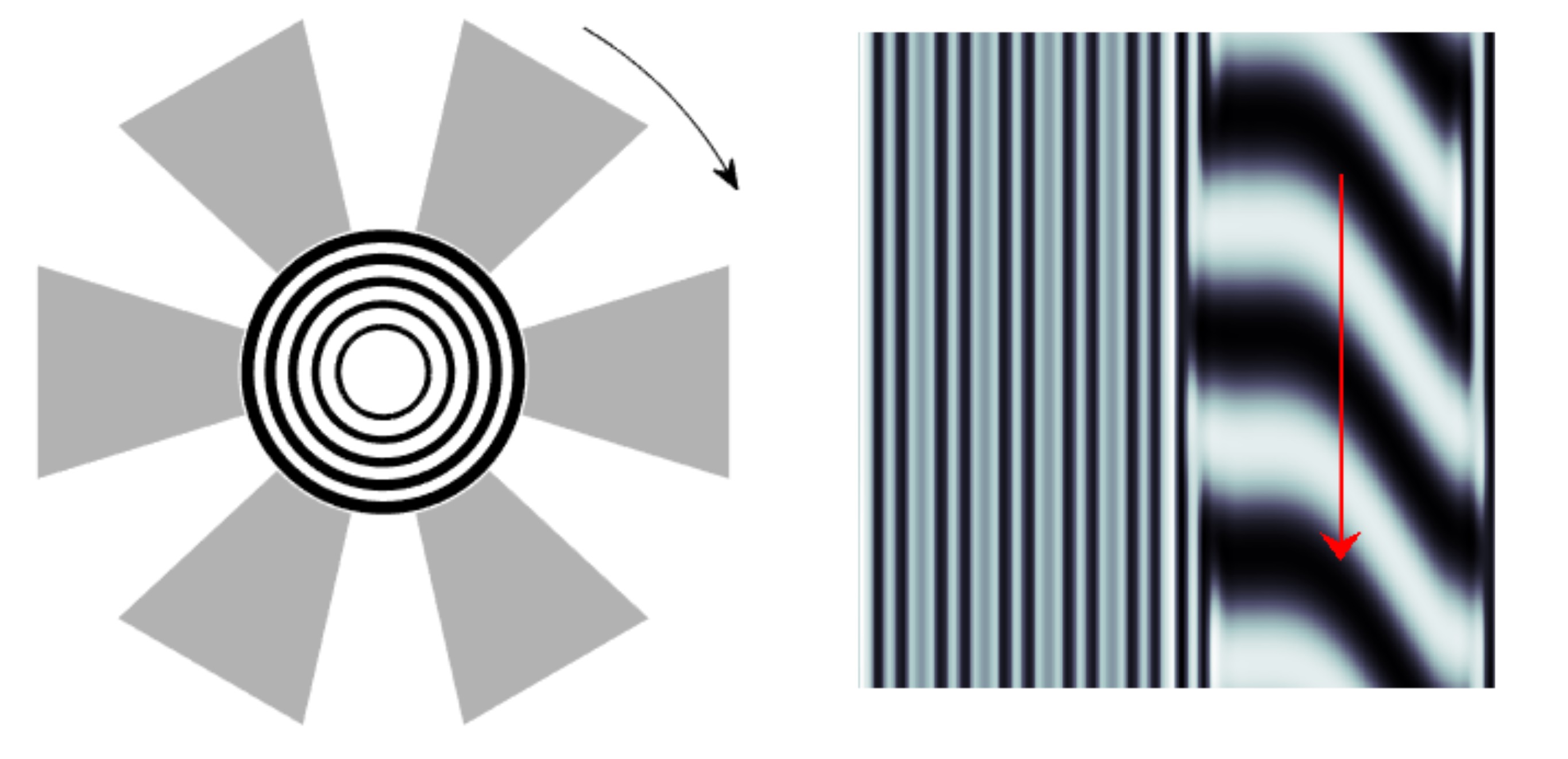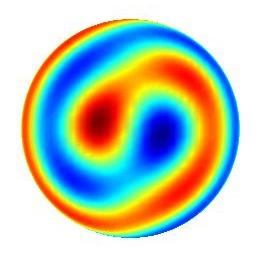Coupled Oscillator Networks - Piecewise linear and Phase-Isostable approaches
Phase-reduced models, where oscillator dynamics are reduced to the dynamics of their phase
on limit cycle, have been extremely successful in describing dynamical behaviours of networks
of coupled oscillators in the case where individual oscillators possess a strongly attracting limit
cycle and coupling between oscillators in the network is weak. However, for many biological
(and particularly neural) oscillator networks these modelling assumptions are not appropriate
and numerical simulations and results from other modelling techniques have revealed dynamics
that cannot be captured in a framework where only phases of oscillators are considered.
My research has focused on two alternative approaches to gain analytical insight into network dynamics. One option is to adapt the master stability approach of Pecora and Caroll for piecewise linear (PWL) node dynamics. The master stability function (MSF) is powerful tool for assessing the
stability of synchrony in coupled oscillator networks. It has recently been
extended to treat more general cluster states in networks with symmetry.
However, the MSF and its generalizations require specific information on the
periodic orbits of the uncoupled oscillators which is invariably hard to come
by in closed form. Therefore the framework is often explored using numerical
techniques. We have shown that insight into network dynamics can be
obtained by focusing on PWL oscillator models. Periodic
orbits can be constructed and their variational analysis can be performed
explicitly. However, many of the notions from smooth dynamical systems
need to be modified to take into account jumps in the components of Jacobians
in these nonsmooth systems. This is achieved with the use of saltation
matrices. By augmenting the variational approach for studying smooth dynamical
systems with such matrices we show that, for a variety of networks
that have been used as models of biological systems, cluster states can be
explicitly investigated. For illustration in the paper below, we analyze an integrate-and-fire
network model with event-driven synaptic coupling as well as a diffusively
coupled network built from planar PWL nodes, including a reduction of the
Morris-Lecar neuron model. Here it is possible to carry out bifurcation analysis on the possible cluster states as illustrated below for a simple 5 node network of PWL Morris-Lecar neurons.

An alternative approach to analysing oscillator network dynamics beyond
the weak coupling limit is to use the phase-isostable framework which has recently
been gathering momentum. Network equations for pairs of coupled oscillators where the dynamics of each node is described by the evolution of its phase and slowest decaying isostable coordinate have previously been shown to capture bifurcations and dynamics of the network which cannot be explained through standard phase reduction. An alternative framework using isostable coordinates to obtain higher-order phase reductions has also demonstrated a similar descriptive ability for two oscillators. My co-authors and I have considered the phase-isostable network equations for an arbitrary but finite number of identical coupled oscillators, obtaining conditions required for stability of phase-locked states including synchrony. For the mean-field complex Ginzburg-Landau equation where the solutions of the full system are known, we compared the accuracy of the phase-isostable network equations and higher-order phase reductions in capturing bifurcations of phase-locked states. We found the former to be the more accurate and therefore employed this to investigate the dynamics of globally linearly coupled networks of Morris-Lecar neuron models (both two and many nodes). We observed qualitative correspondence between results from numerical simulations of the full system and the phase-isostable description demonstrating that in both small and large networks the phase-isostable framework is able to capture dynamics that the first-order phase description cannot.
Relevant publications
| R Nicks, R Allen and S Coombes 2023 Insights into oscillator network dynamics using a phase-isostable framework, submitted
|
| S Coombes, M Sayli, R Thul, R Nicks, M A Porter and Y M Lai 2023 Oscillatory networks: Insights from piecewise-linear modelling, SIAM Review, under revision
|
| R Nicks, L Chambon and S Coombes 2018 Clusters in nonsmooth oscillator networks, Physical Review E, Vol 97, 032213
|
| P Ashwin, S Coombes and R Nicks 2016 Mathematical frameworks for oscillatory network dynamics in neuroscience, Journal of Mathematical Neuroscience, 6:2
|


 This work
builds on
the research I carried out for my PhD where I used equivariant
bifurcation theory to consider both the
symmetries of the time-periodic patterns which can be created at a Hopf
bifurcation with spherical symmetry and the symmetric spiral patterns
which can
exist on spheres, such as the one in the image on the left. Equivariant
bifurcation theory uses Lie group theory to study the model–independent
behaviours
of symmetric dynamical systems (those which depend on the symmetries
alone)
without any reference to the details of a particular model.
This work
builds on
the research I carried out for my PhD where I used equivariant
bifurcation theory to consider both the
symmetries of the time-periodic patterns which can be created at a Hopf
bifurcation with spherical symmetry and the symmetric spiral patterns
which can
exist on spheres, such as the one in the image on the left. Equivariant
bifurcation theory uses Lie group theory to study the model–independent
behaviours
of symmetric dynamical systems (those which depend on the symmetries
alone)
without any reference to the details of a particular model.